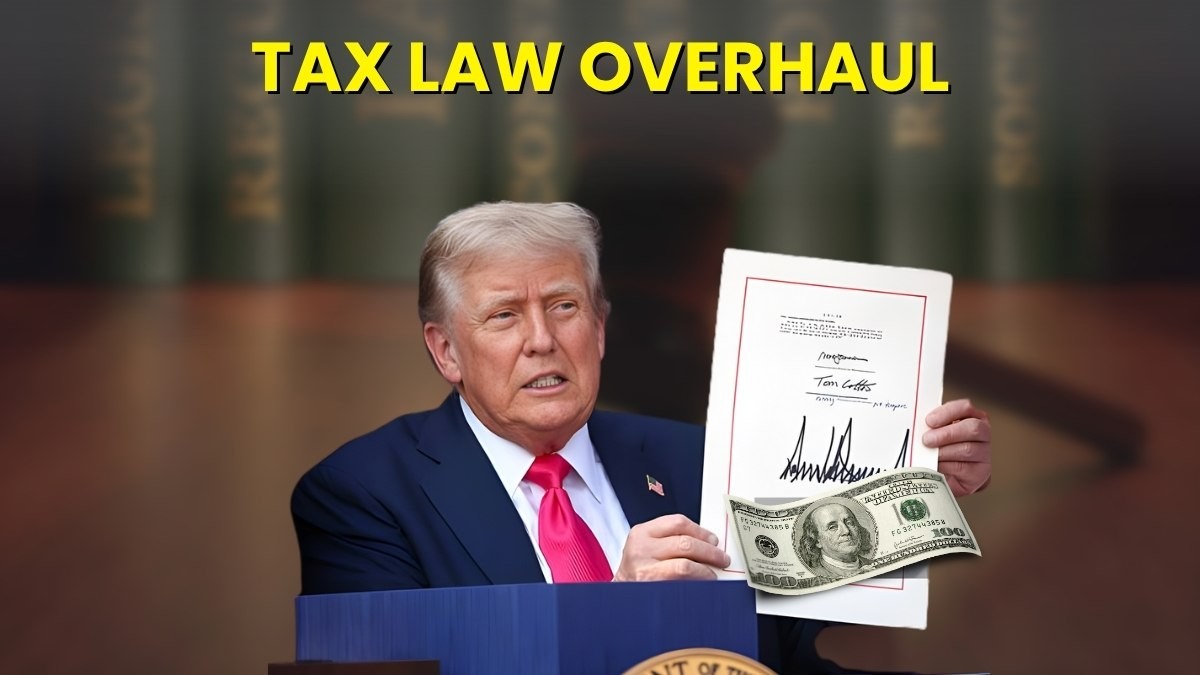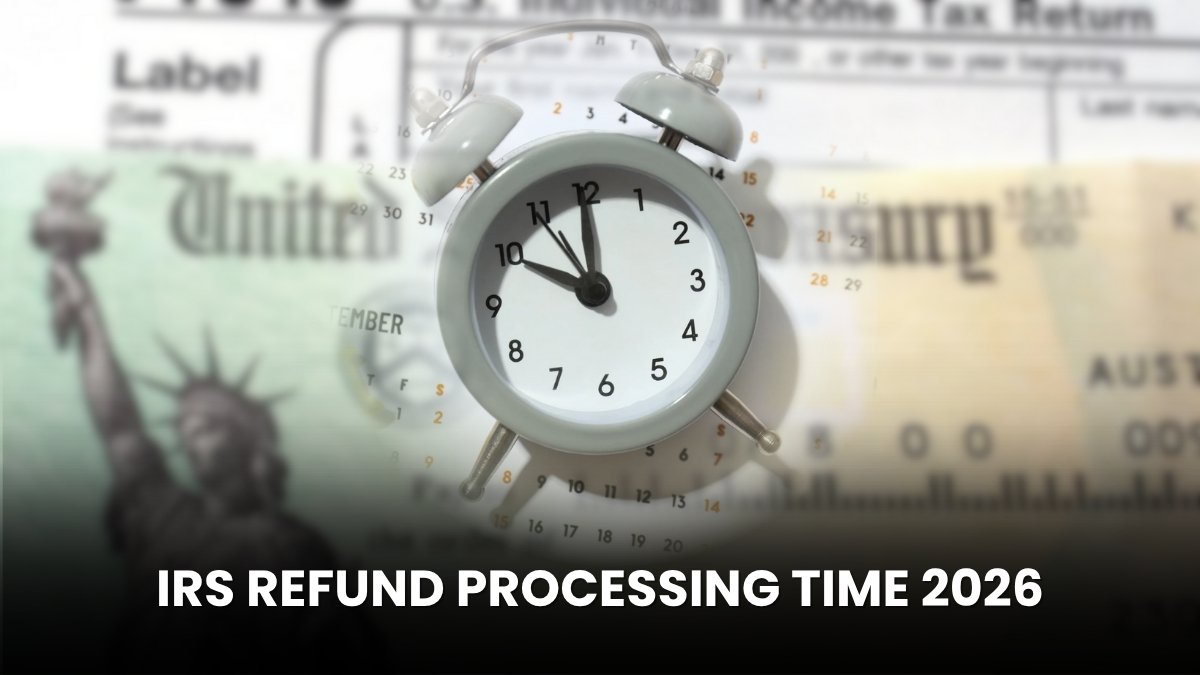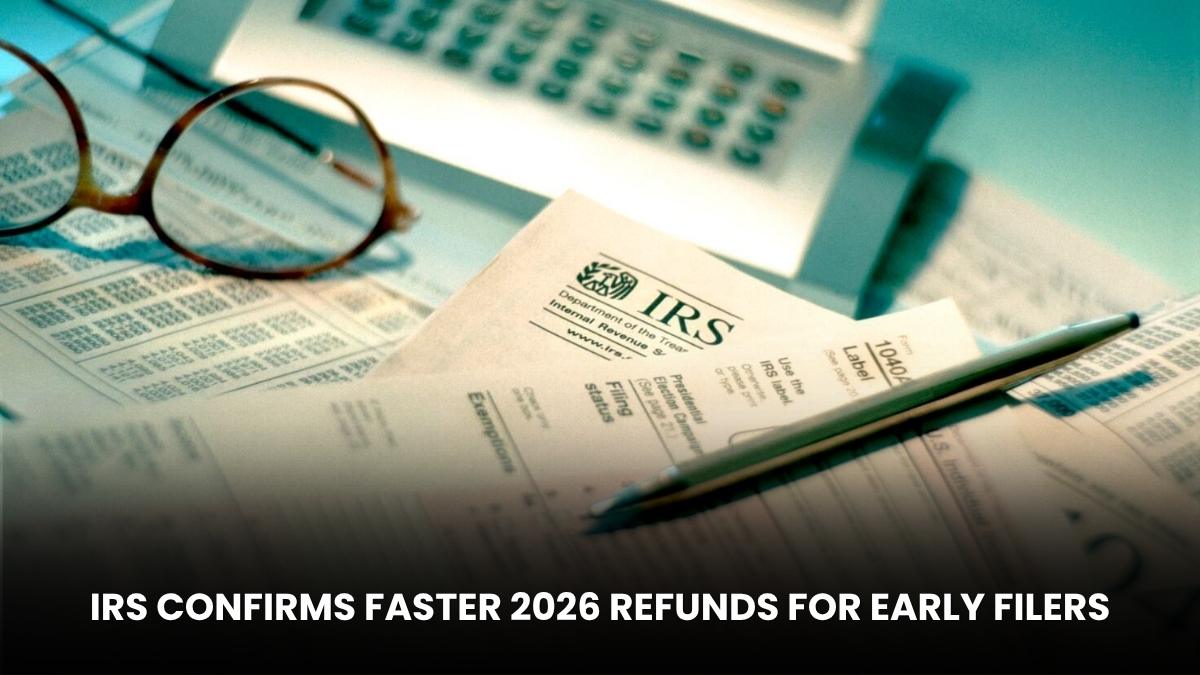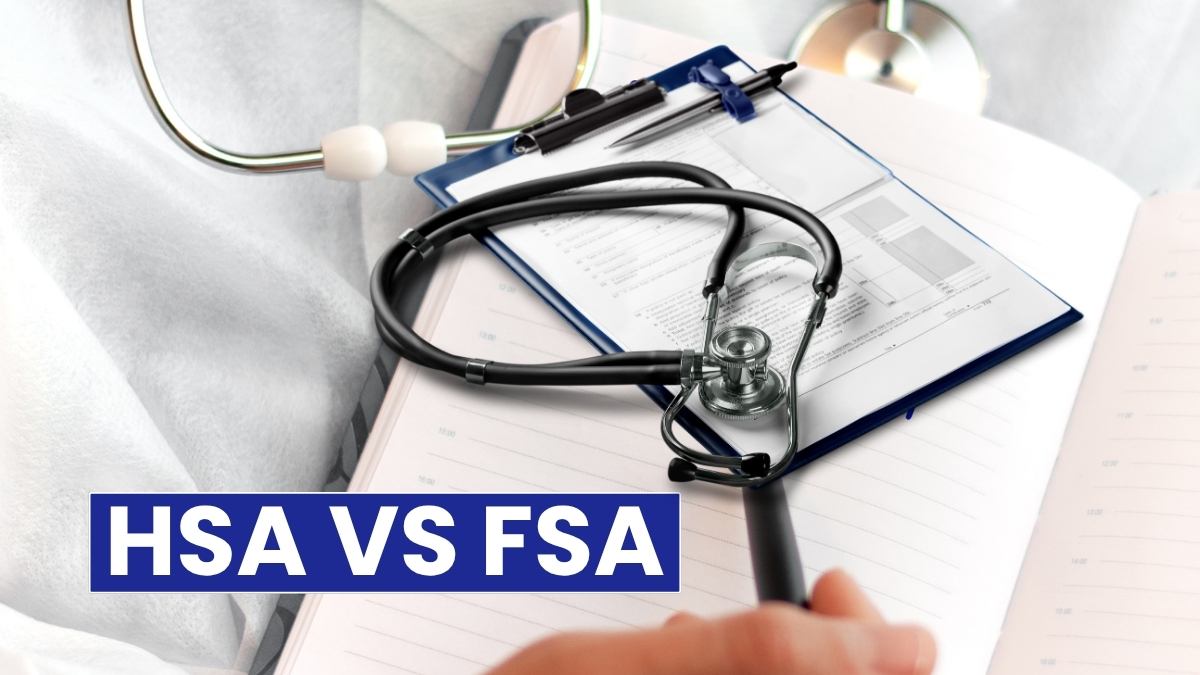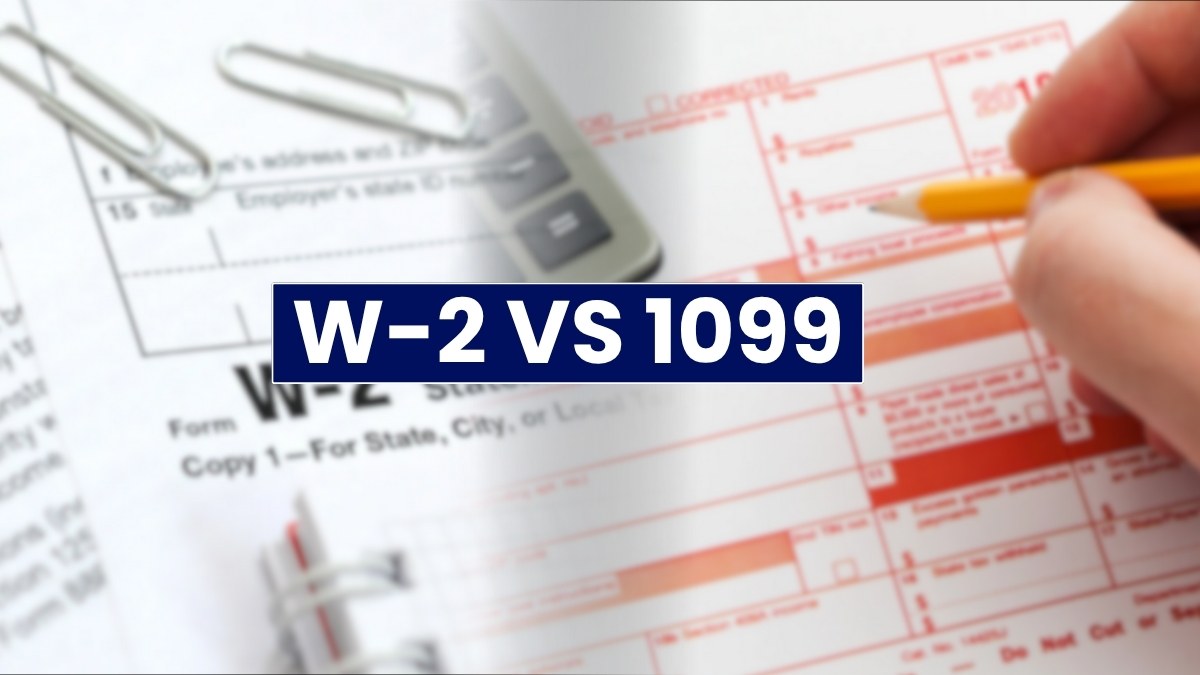The federal government signed the One Big Beautiful Bill into law on July 04, 2025, which is bringing many changes to the tax laws, such as new deductions, no tax on tips, overtime, etc. Taxpayers who are wondering about their 2026 taxes can check the full details here.
The IRS has already released the tax inflation adjustment for the tax year 2026, including the OBBA amendments to the tax provision. Some OBBA changes will also impact the taxes you will pay for the income you earn in 2025.
The bill implements temporary changes for some people that will bring short-term and long-term planning. The tax changes will take effect on January 1, 2026, so it is important to understand them to plan your taxes effectively.
What are the notable tax changes for 2026 taxes under the OBBA bill?
The OBBA impacts the following tax laws that every taxpayer should know to plan their 2026 taxes, as most of them are effective from January 1, 2026:
- Standard Deduction:
- For the tax year 2026, the OBBA increases the standard deduction to the following rate and reduces the taxable income:
| Filing Status | Standard Deduction |
| Single/ Married filing separately | $16,100 |
| Married Filing Jointly | $32,200 |
| Head of Households | $24,150 |
- Additional Deduction for Seniors:
- The law introduces an additional deduction for seniors that would be effective from 2025 through 2028 for seniors age 65 or older.
- The additional deduction for the seniors under the new law is $6000 or $12,000 for a married couple.
- The deduction will be phased out for the taxpayers whose MAGI is over $75,000 for individuals or $150,000 for joint filers.
- Tax Credits:
- The bill has increased the child tax credit to $2200 for parents/ guardians raising the dependent child.
- The bill enhanced the adoption credit as it increased the partial refundable credit of up to $5000.
- No tax on tips/ car loan interest/ overtime:
- The bill announced no tax on tips and allowed a maximum annual deduction of up to $25,000 for employees and self-employed individuals. The deduction will phase out if you earn above the income threshold, $150,000 for individuals and $300,000 for joint filers.
- The bill announced no tax on overtime for individuals who receive the qualified overtime. The maximum annual deduction under this new tax law is $12,500 for individuals and $25,000 for joint filers.
- The bill also initiates no tax on car loan interest for the qualified vehicle purchased for personal use. The maximum annual deduction allowed under this new law is $10000, which can be phased out if you earn above $100,000 for individuals and $200,000 for joint filers.
What are the other tax rules changes under OBBA?
The OBBA also brings changes to some tax rules that every taxpayer or business should know:
- Transition relief:
- The bill offers transition relief for lenders and interest recipients who need to file information returns with the agency and provide a statement to borrowers.
- Penalty relief:
- The bill also introduced penalty relief on cross-border transactions for the three quarters in the year on 1% excise tax.
- Enhancement for Qualified Opportunity Zones:
- Taxpayers who invest in the qualified opportunity zones can receive certain tax benefits to enhance job opportunities and economic growth.
- Under the new law, the rural areas, urban areas, or a city or town means an area with a population of over 50,000.
- Casualty Loss Deduction:
- The Tax Cuts and Jobs Act of 2017 is made permanent through the new bill, bringing many changes, such as itemized deductions for personal casualty loss.
- Deduction Limitation Gambling loss:
- People who wish to claim a deduction for gambling losses can now only claim 90% of the loss up to the amount of their winnings.
What is the tax rate for 2026 taxes?
The IRS has announced the inflation adjustment for the tax year 2026. Taxpayers can check the tax rates and brackets to prepare for the taxes below:
| Tax Rate | Singles or Individuals/ Married filing separately | Married Filing Joint Returns | Head of Households |
| 10% | $0 to $12,400 | $0 to $24,800 | $0 to $17,700 |
| 12% | $12,401 to $50,400 | $24,801 to $100,800 | $17,701 to $67,450 |
| 22% | $50,401 to $105,700 | $100,801 to $211,400 | $67,451 to $105,700 |
| 24% | $105,701 to $201,775 | $211,401 to $403,550 | $105,701 to $201,750 |
| 32% | $201,776 to $256,225 | $403,551 to $512,450 | $201,751 to $256,200 |
| 35% | $276,226 to $640,600 | $512 451 to $768,700 | $256,201 to $640,600 |
| 37% | $640,601 and above | $768,701 or above | $640,601 or above |
How to prepare for the tax return for 2026 taxes?
With the changes in the tax laws, you should prepare for the 2026 taxes in the following ways to file the taxes effectively:
- You should check which tax form to file for the tax deductions of credits to apply along with the tax return.
- Throughout the year, you should save all the receipts or statements that can help in claiming the deductions or credits, such as tips/overtime.
- If you are required to pay estimated payments, know your deadlines and file them timely.
- You should know the government has announced no paper checks, so be prepared and open a bank account if you don’t have one, and opt for direct deposit or another electronic method.
The OBBA law has brought numerous changes to the tax laws, especially for the 2026 tax year; hence, if you have tax responsibility, you should learn about all the changes to take advantage later.
Disclaimer: This information covers the Tax Law Overhaul. Refer to official IRS resources for complete details and guidance.
